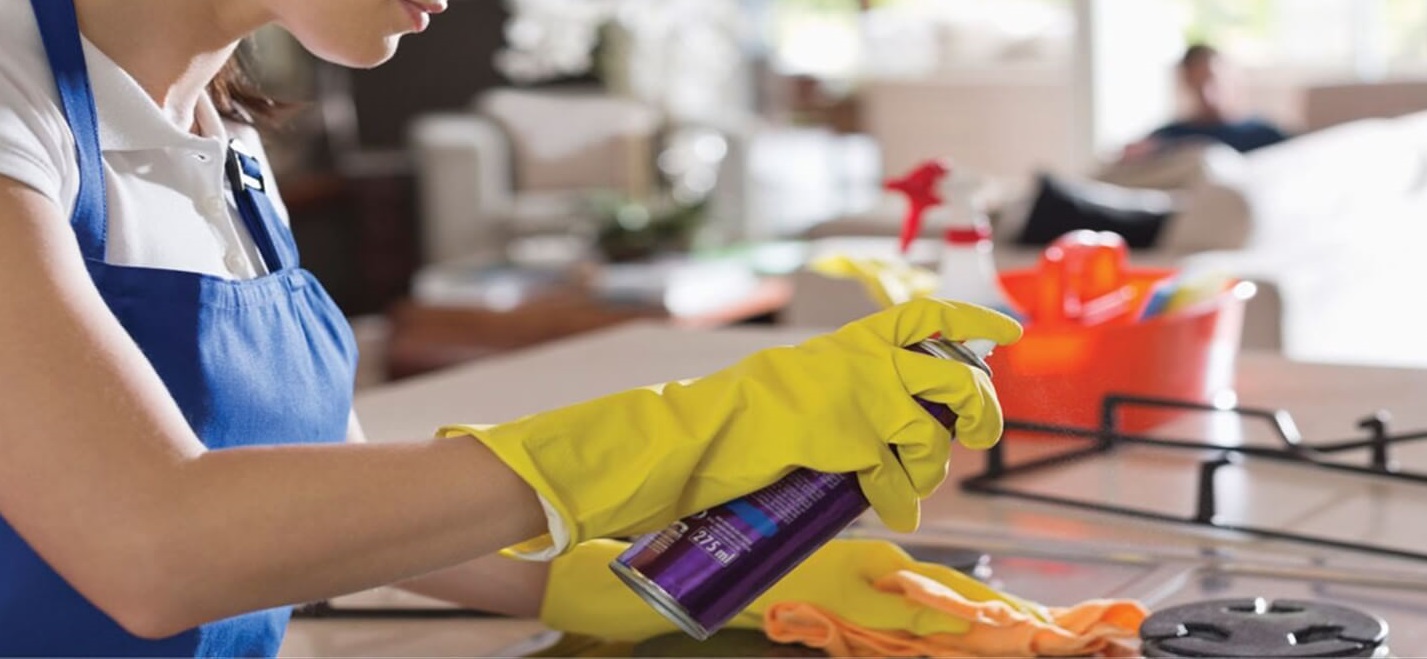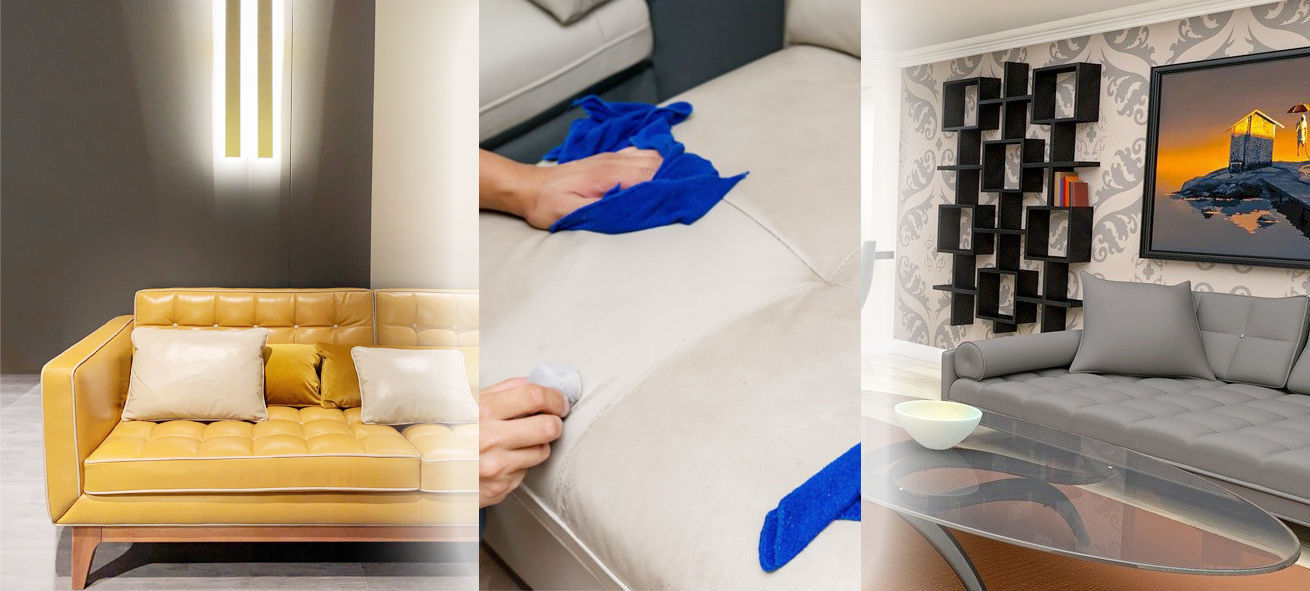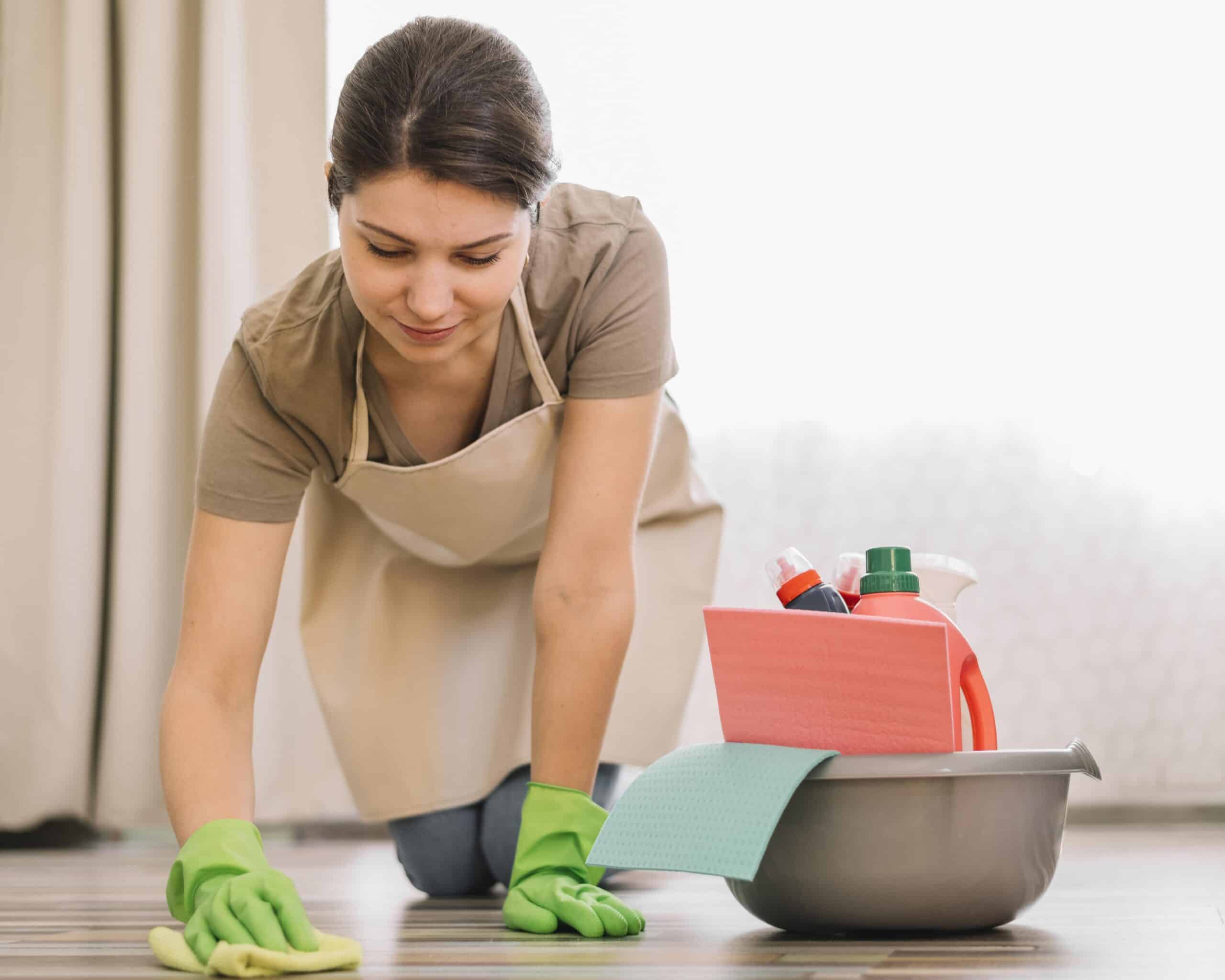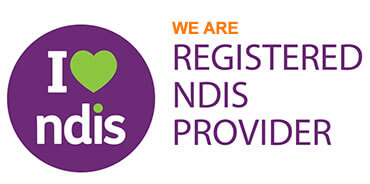What Is Sanitising?
Table of Contents
Cleaning And Sanitising
With the present COVID-19 pandemic, there have been many campaigns going around about sanitising and disinfecting your home regularly. This is essential if you want to keep yourself and your family safe and in good health. The CDC (Centre for Disease Control) suggests that apart from hand sanitising, you should also target areas considered high-touch.
These areas should be cleaned and sanitised once a day regardless of whether one leaves the house or not. Although the transmission rate via surfaces is not as high as the person-to-person transmission, visitors coming to your home with items or touch surfaces can pose a risk of transmission.
When a surface is contaminated with germs, the germ becomes active and begins to reproduce. These germs could result in bacteria, viruses, fungi, and other types of microorganisms. These microorganisms are responsible for the spread of several health risks. Germ damage occurs when germs reproduce by breaking down the cell walls of the surface.
If the germ can make its way to the outer layer of a surface, it can weaken it. This makes the surface unusable for applications that depend on tight bonds. For example, the contact between a wall and the items in it is where the issues usually start. A break in the bond of a wall can allow the microorganisms to get inside the wall and replicate, causing significant problems.
What Is Sanitising?
Sanitising and disinfecting are two separate methods. Sanitisation is the process of lessening the number of germs present in a specific area. Disinfecting is the process of using chemical cleaners to kill germs present on objects or surfaces. It can be done either chemically or physically.
When the correct levels of chemicals are used, it means that the germ cannot grow or replicate in that environment. When done correctly, sanitisation should not have a noticeable effect on the appearance of a surface. Products for sanitising in a pre-treatment or post-treatment scenario include spray-on sanitisers and drying sprays.
However, when it comes to performing the actual surface cleaning, pH degreasing is still the norm. While the sprays have become more affordable, they are still far more expensive than the hard sponges or hand-held cleaning tools used to do the job.
How Do You Sanitise A Surface?

The first thing that you should do when sanitising a surface is to sanitise the surface itself. To do this, you may need to use a tool that has some cleaning power, or you might have to soak the surface in some solution. Once that is done, you can sanitise the surface by spraying the surface with the appropriate disinfectant.
Chemicals such as chlorine bleach and any bleach in other brands such as Windex are excellent disinfectants. Other cleaning agents such as Lysol, Pine-Sol, and Arm and Hammer, are also helpful. All of these can help to remove stains, built-up grime or other substances from surfaces.
While it is nice to have a spotless surface, sometimes it is necessary to use a chemical cleaner and the right one, for that matter.
Picking The Right Sanitisers
How much do you pay for sanitising products? When picking a product to use, look for the concentration of chemicals to determine how sanitised your surface will become. Keep in mind that thinner liquids are spread over surfaces, so they have a higher chemical concentration.
Make sure to test out the product for yourself on an inconspicuous surface first. Once the correct amount has been found, be sure to use it on a surface of similar size and depth (if possible). If the surface is too small, it may not be effective at killing germs.
Why Should You Sanitise A Surface?
Viruses and bacteria can cause the majority of infections caused by germs. When you don’t clean a surface or surface material after someone has been using it, germs can enter that area. When this occurs, it can cause a severe infection, which can be quickly spread.
There are many ways that viruses and bacteria can enter your body. These include touching contaminated surfaces, urine, faecal matter, and vomit from a sick person. Additionally, coming into contact with your hands or clothes, foods, and drinks from infected sources will also cause health effects.
People coming into contact with you after these germs have entered your body can wreak havoc, which is why proper sanitisation is crucial.
Tips For Sanitising Surfaces
In most circumstances, sanitisation is only necessary if you have physical contact with the surfaces you are working on. Chemical sanitisers are designed to kill harmful microorganisms on your hands and often are available in small, single-use applicators. If sanitising is not necessary, it is better to avoid it. Sanitising a working surface area is essentially like scrubbing a kitchen sponge against the bathroom tile floor. All the dirt, germs, and bacteria will be rinsed off the surface. The first thing to consider when sanitising surfaces is the method and technique.
You can be tempted to jump right into spraying everything with one product that’s designed for surfaces and call it a day. But, while these products can be very convenient for getting a surface properly sanitised, they do not ensure that the surface will remain free from infection.
One of the essential considerations when sanitising surfaces is the materials used to sanitise them. After you research how to sanitise surfaces effectively, it becomes clear that most of these products contain hazardous chemicals that should never be used on the surfaces they are meant to clean.
What Is Cleaning, Sanitising, And Disinfecting?
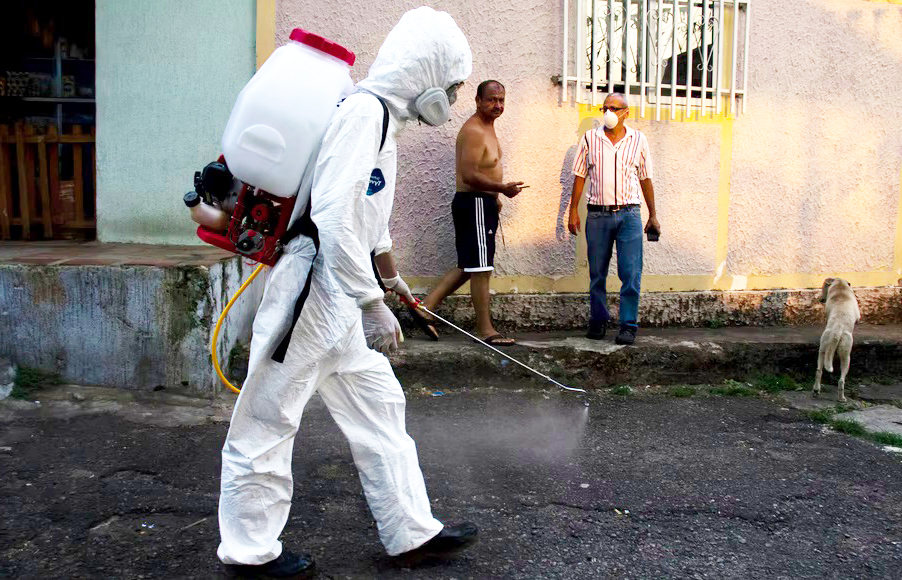
The terms “sanitise” and “disinfect” are frequently used interchangeably. But the two are different, and once you know the difference, it will make purchasing products relatively easy because you will know the right products to purchase and how regularly to use them so that your house is clean and safe.
When chemical sterilisation is employed, it uses at least one disinfectant that is suitable for disinfecting surfaces without removing the surfaces’ life, beauty, or scent from the material. Sterilisation is used to destroy microorganisms on surfaces, but chemical sterilisation is still necessary to avoid cross-contamination.
In the physical sanitisation process, common disinfectants are used to destroy the germ without harming the good bacteria on the surface. Physical sanitisers contain at least one chemical and one physical component. The component will usually have a strongly alkaline pH, and the chemical will often have a weakly acidic pH.
There are several ways to disinfect a surface. When comparing cleaning to sanitisation methods, there are some main differences that you need to consider.
Biological Vs. Chemical
Since sanitisation generally involves chemicals, one of the first differences you should consider is whether or not the material being used is biological or chemical. In general, any material that contains living organisms (the so-called “hygiene” chemicals) can be considered chemical, while many biological cleaning and sanitising solutions are not.
Purpose Of Use
Sanitisation is used to kill germs on surfaces, while cleaning removes dirt and other substances from those surfaces. Another difference between cleaning and sanitising is that while cleaning removes dirt and debris, sanitising removes all particles from a surface. This is done by eliminating harmful bacteria and microbes from surfaces using chemicals or heat, which will prevent them from getting into one’s body through contact with that surface.
When To Sanitise
It is recommended that places with no harmful bacteria do not need to be cleaned with strong chemical substances in order to be sanitised. You should sanitise things like food preparation tools or toys that children play with because you don’t want to use strong chemical substances on them.
When To Disinfect
Disinfection is most commonly done in hospitals because this involves dealing with things like bodily fluids. So you will rarely disinfect your home as part of your regular cleaning routine. The areas in your home, such as toilets and sinks, are associated with the harmful virus and require disinfection.
Areas that are frequented often, such as doorknobs and valves, should also be disinfected. However, do not overdo this. Using disinfectants many times can cause harm not only to your health but also to the environment.
Is Bleach A Sanitiser Or Disinfectant?
Bleach can be either a disinfectant or sanitiser. It depends on how potent the bleach formula is. Bleach contains sodium hypochlorite, which is powerful and kills bacteria, fungus, and viruses. In summary, sanitising, cleaning, and disinfecting your home are essential.
With the outbreak of the Coronavirus, most people are keen on sanitising, cleaning, and disinfecting not only homes but workplaces, malls, public transportation, etc. Knowing the right products to use is vital as some contain very strong chemicals that might harm you if not used properly.
You should also choose products carefully because you don’t want to be using products with strong chemicals on things like cooking tools or toys. After all, they may end up in someone’s mouth. Places considered high-touch areas should be disinfected regularly as germs usually settle there because many hands touch them.
It should be noted that the overuse of chemicals is harmful to your health and the environment. Alternatively, you can get in touch with cleaning professionals who will come and do a complete cleaning and disinfection service, be it for your home or office.
The advantage of using professionals is they are certified and will come with permitted cleaners and disinfectants, which means no harm to your pets, family, or surfaces.
We guarantee a stress-free move: Get 100 % of your bond back

